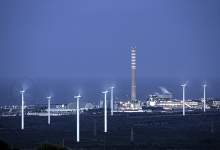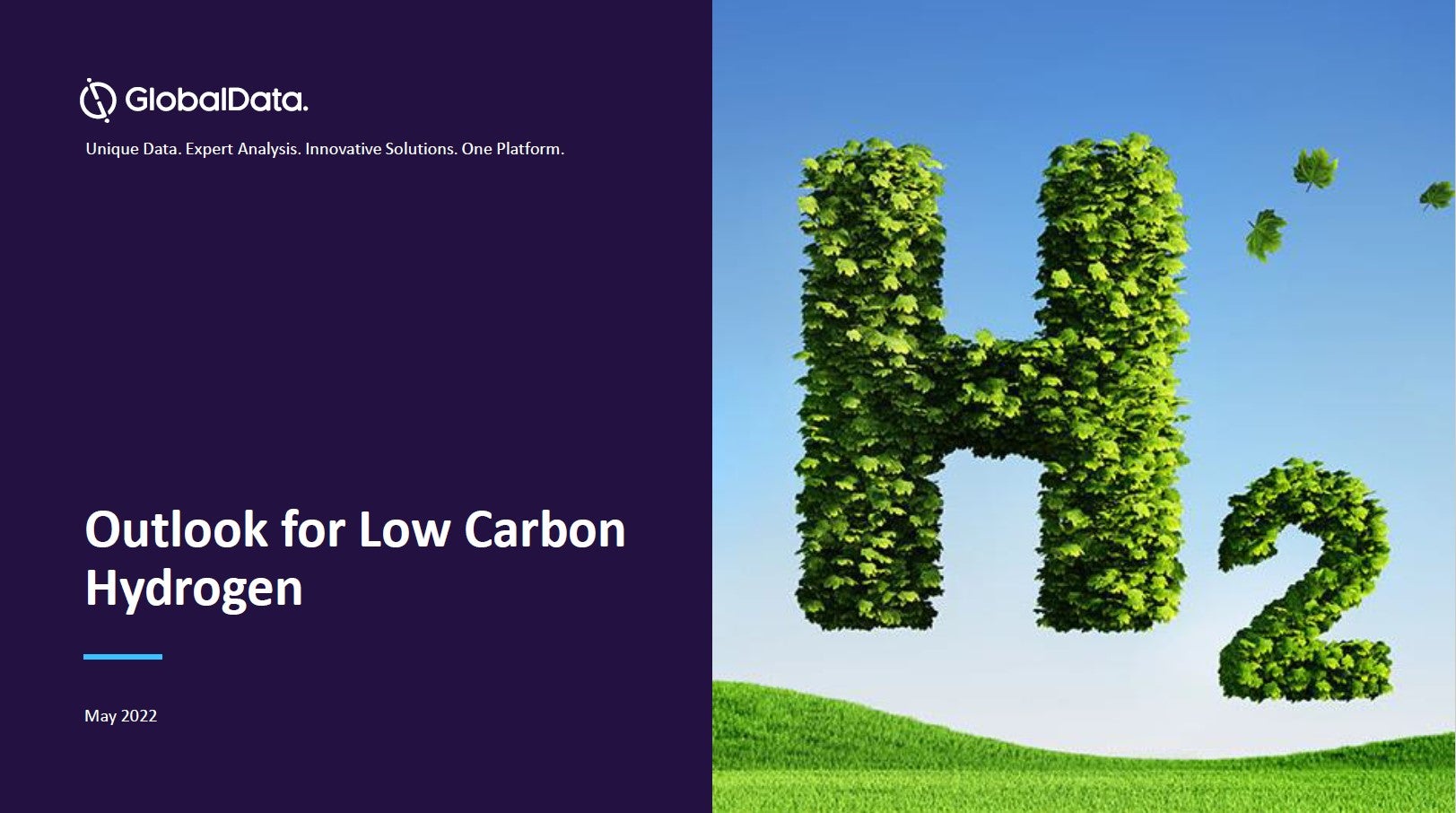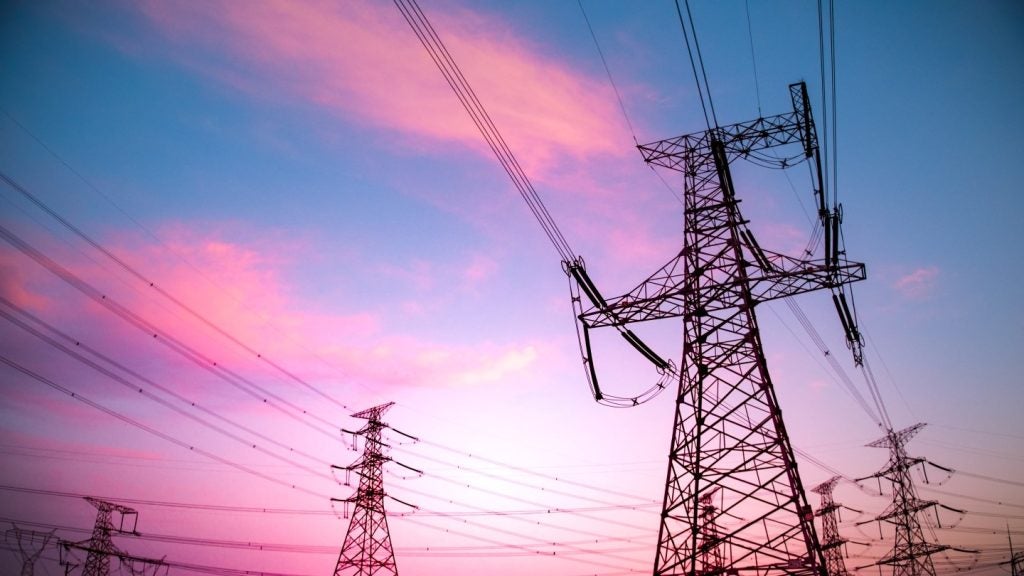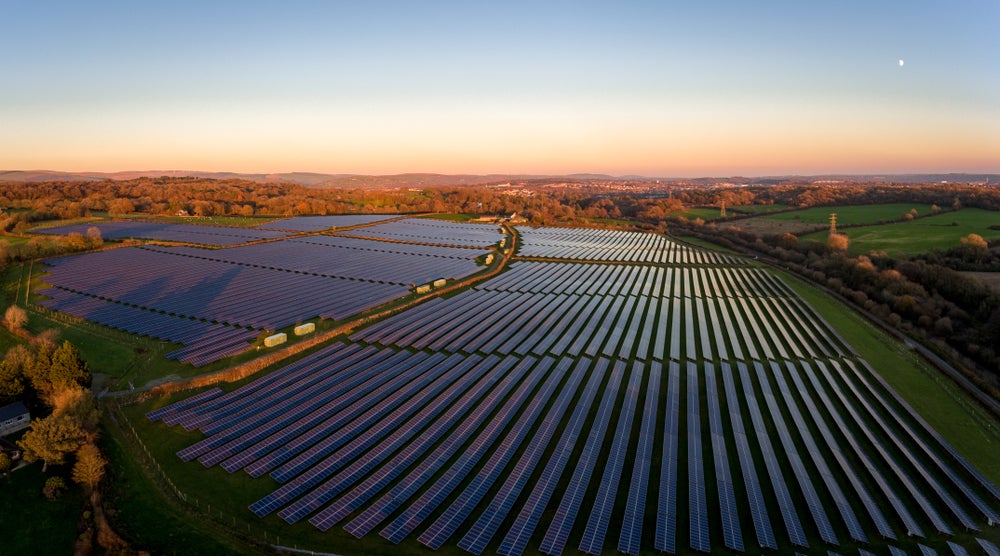

Industry experts are saying that now is a transitional time for UK electricity interconnection and the renewables industry. On 2 December, Ofgem published its decision to go ahead with the Nemo Project, which will see a transmission cable from Belgium to the UK grid built to deliver 1GW of power. The other five interconnector projects being assessed by Ofgem – plus another which has already passed assessment – could see two-way electricity interconnection with Norway, Denmark, France and Iceland built in the coming years.
This would effectively enable UK wind power operators to export excess wind power where needed in Europe and, in turn, could import thermal, wind or hydro power as necessary.
In fact, increased interconnection has benefits for consumers as well as renewables and could help the UK meet the EU’s target of a 20% share of its energy from renewable sources by 2020. According to 2013 figures, only 15% of UK energy comes from renewables.
Interconnection and renewables
Currently, the UK has only 4GW of interconnector capacity via four interconnectors that connect to France, Northern Ireland, the Republic of Ireland and the Netherlands.
How well do you really know your competitors?
Access the most comprehensive Company Profiles on the market, powered by GlobalData. Save hours of research. Gain competitive edge.

Thank you!
Your download email will arrive shortly
Not ready to buy yet? Download a free sample
We are confident about the unique quality of our Company Profiles. However, we want you to make the most beneficial decision for your business, so we offer a free sample that you can download by submitting the below form
By GlobalDataSee Also:
Interconnection makes it easier to bring higher levels of intermittent renewables, such as wind and solar, to the grid, says Mott Macdonald’s chief economist Guy Doyle.
"If you put greater renewables on the system then you tend to make it harder for the grid to manage its situation," he says. "Interconnectors offset that and help make it easier."
With scientific concern that it may well increase emissions on the rise, its future must be built on facts not fantasy..
Because interconnections open up new electricity supplies and potential buyers, they make it easier to shift power around on a minute-by-minute basis when there is a surplus or a shortfall.
Doyle points to Denmark as an example. Denmark has numerous interconnectors to neighbouring countries where there is a strong supply of renewables, such as Germany and Norway. Currently 43% of its electricity comes from wind energy. Denmark is aiming to be 100% fossil fuel-free by 2050 and Doyle says its advanced interconnection will help it meet this target.
One project under assessment by Ofgem is the NSN Link from Blyth in the UK to Kvilldal in Norway, where there is an abundance of hydroelectric power.
When wind generation is high and electricity demand is low in the UK, NSN Link will allow up to 1,400MW of power to flow from the UK, conserving water in Norway’s reservoirs. When demand is high in the UK and there is low wind generation, up to 1,400MW can flow from Norway.
However, Doyle says it is important to note that most interconnectors built today, and this will include the interconnector projects being considered by Ofgem, do not exclusively transmit electricity produced by renewables. If they are common carriers – not tied to one particular energy project – at different times the interconnector could be transporting electricity from non-renewables as well.
At the moment Britain has around 5% of its existing electricity generation capacity of interconnection, which doesn’t offer much export or import potential. The EU has set an indicative goal of 10% interconnection by 2020 and 15% by 2030 for member states.
Wind and marine energy association RenewableUK’s head of grid Zoltan Zavody wants more specific targets. He believes EU member state governments should agree to support schemes and member state targets, otherwise "the whole thing falls apart" and "everybody is just pointing the finger at everybody else".
Cheaper energy
Not only could greater interconnection provide better energy security, it could also bring down energy prices due to a more competitive market.
"There are academic studies and organisations in European power that show by sharing reserves you can save quite a few billion a year across Europe," says Doyle.
"One of the key drivers for this is market integration, where overall energy prices go down," says Zavody. "And that is because people can source their electricity from the cheapest source."
In terms of financing for such projects, Ofgem has decided to offer a ‘cap and floor’ deal to companies, whereby a minimum floor price per gigawatt is guaranteed by the government but profits can be capped, with the excess going back to consumers.
Interconnector lines are usually funded by network owners or the system operators. If it were a tied-link rather than a common carrier, the electricity producer would pay for the link and factor it into the price of the electricity.
Interconnectors are a relatively cheap technology, especially if you have a fairly clear sea crossing. For example, Doyle says, combined cycle gas turbines (CCGT) cost around £600 per gigawatt installed, and interconnectors, including the ones currently being looked at by Ofgem, are around £800 per gigawatt.
Doyle says there is investor appetite for interconnection projects, but a lot of concern around regulatory risk in the UK because of uncertainty across the board, including the upcoming election and the Competition and Markets Authority’s investigation into the UK energy market.
With a binding agreement elusive, are the world’s governments capable of decisive action before it’s too late?
Worldwide potential
The potential for electricity interconnection to the UK doesn’t stop at Europe. One ambitious project in Tunisia is hoping to win a contract for difference (CFD) from the UK government to bring 2GW of concentrated solar power to the UK.
The TuNur project, which is a partnership between British renewables investor Low Carbon, developer Nur Energie and Tunisian investors, with funding from the African Development Bank, would transport the energy via a 600km cable from Tunisia to Italy, where it has already secured approval for a grid connection. From Italy the project can access most European markets.
TuNur chief executive Kevin Sara says the company is asking for exactly the same contract that offshore wind companies currently get in the UK, over a 15-year term, but for a 20% discount price.
"We will be opening a new energy corridor and people will see these types of projects are possible," Sara says.
Zavody says importing renewable solar power from Africa "makes absolute sense".
However, the project has faced some scepticism.
Sara, who is having ongoing discussions with the UK government about the project, says: "People say, ‘North Africa; that is risky, what about security of supply?’ When North Africa and the Arab world is where we already get most of our fossil fuels."
If the project does get the go-ahead it would open up a significant renewable energy source for the UK and the rest of Europe. Sara says then the company would undertake several more similar projects using the same transmission corridors and desert generation.
Ongoing challenges
Interconnected energy isn’t without its challenges. Securing relevant overland permits for transmitter lines can be troublesome and very time-consuming, potentially delaying projects.
And for governments working within the EU, interconnected energy raises questions about renewable targets and finance, particularly in regards to non-UK connections. For example, what’s the best way to treat a generator in Ireland that isn’t connected to the Irish grid because the project owners know the UK market is much larger than the market at home?
"This raises a lot of questions," says Zavody. "Do you fund the grid connection to a generator that is located in another country? Should that generator get the same government support as a UK connector will? And should their renewable generation contribute to the achievement of Britain’s renewable targets?
"On one extreme you could say if it is a British target it should be met entirely by British renewable generators built in Britain. Where does it stop? If we can use Irish generators, why not fund a wind farm in China to meet our renewable targets? But if the UK has been exporting some of our wind to Germany, does that mean we shouldn’t count that towards our renewable targets?"
Climate change
Zavody says interconnectors have an "evolving agenda" and there are clearly issues to be worked out, but now is most definitely a transitional time for the sector.
Doyle is positive on the future of interconnection. "Due to the relative differential between relative continental prices and UK prices you would expect there to be a significant build of these things," he says.
If the UK is serious about its commitment to decarbonising the grid and meeting the EU 2020 renewable target, interconnectors, which are a proven and not overly expensive technology, could be a game changer.
As Sara says: "We need to start thinking on the same scale [as fossil fuels] for renewable energy and building the same kind of infrastructure and transport structure – that is how we are going to solve the climate change crisis, how we are going to decarbonise the grid."



.gif)





